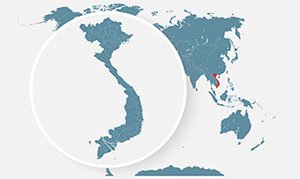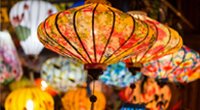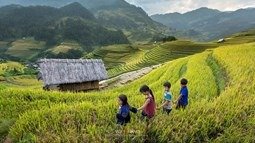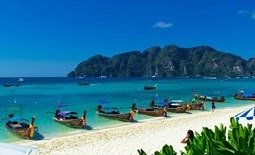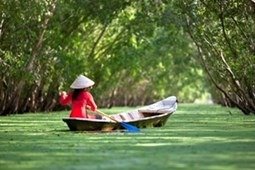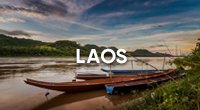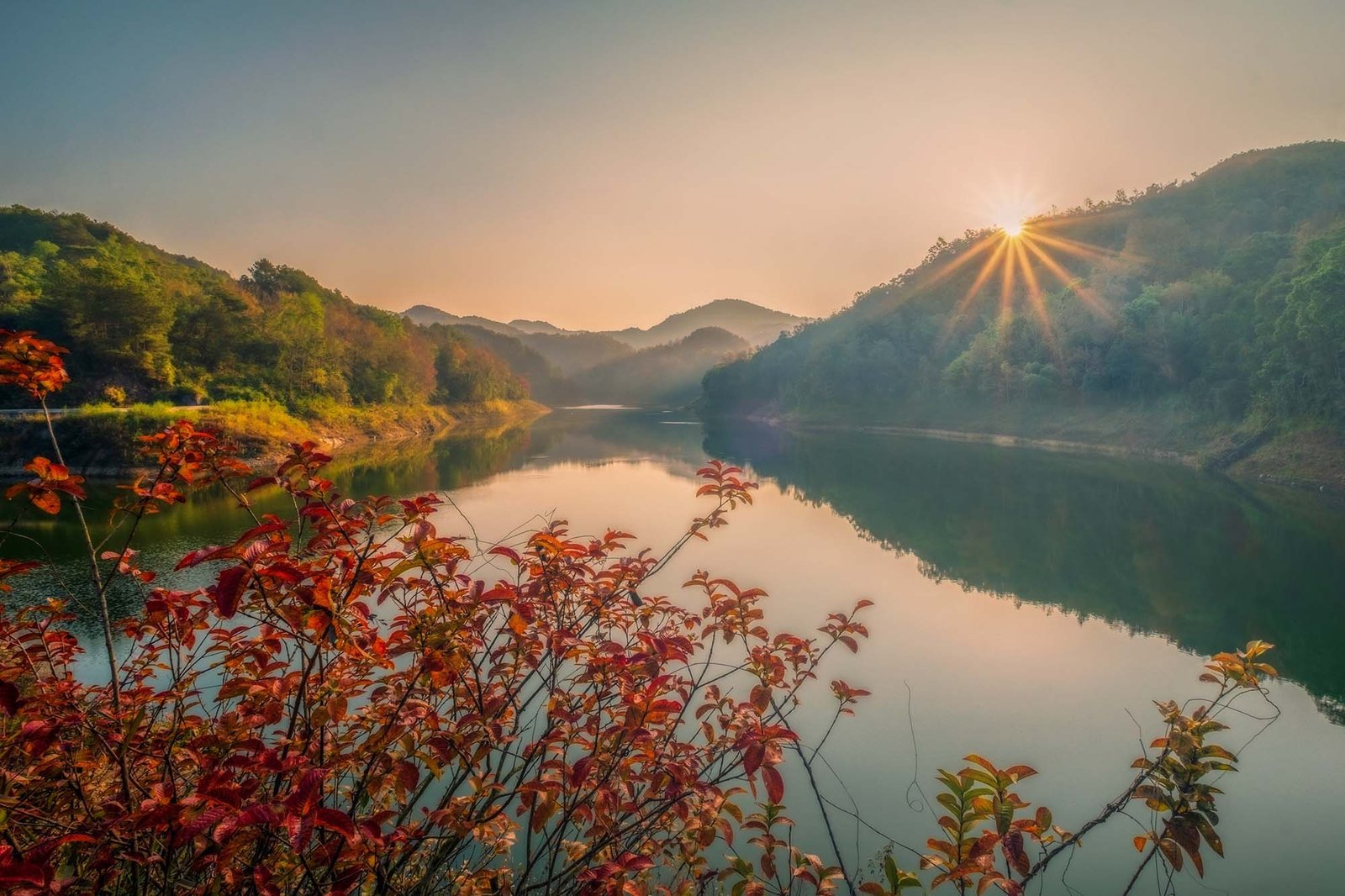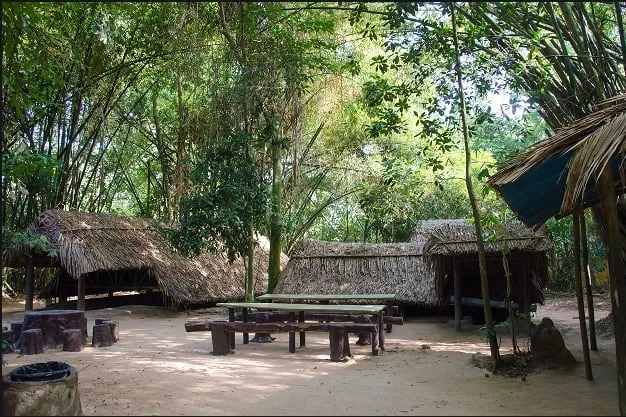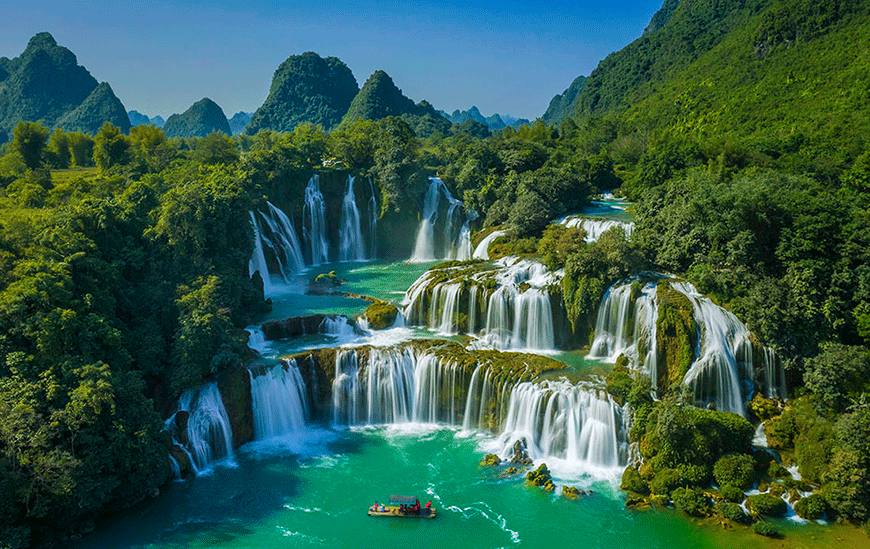Contents
ToggleWhere Is Cao Bang?
Cao Bang is a breathtaking province in northeastern Vietnam, about 300 km from Hanoi—roughly a 5–6 hour journey depending on the route. Its name means “flat land surrounded by high mountains”, a perfect description of its geography: fertile valleys embraced by rugged limestone peaks and winding rivers.
Although remote, Cao Bang is surprisingly accessible thanks to improved road networks. Most travelers use Cao Bang City as a base. This small, clean, and welcoming town has a good choice of hotels, guesthouses, and restaurants, making it a convenient stopover before heading out to explore the province’s true treasures: Ban Gioc Waterfall, Nguom Ngao Cave, Pac Bo Historical Site, and the UNESCO-recognized Non Nuoc Geopark.
👉 Fun fact: Cao Bang is home to nine ethnic groups (Tày, Nùng, H’mong, Dao, Lo Lo, San Chay, etc.), which makes it not only a natural wonderland but also a cultural mosaic of traditions, colorful markets, and authentic homestay experiences.
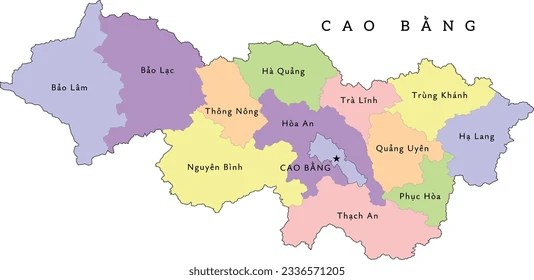
When Is the Best Time to Visit Cao Bang?
Cao Bang enjoys a subtropical climate with two distinct seasons, each offering different experiences:
- 🌧️ Rainy season (April–September): Rivers swell and waterfalls roar to life. This is the most spectacular time to admire Ban Gioc Waterfall at full strength, though rain can occasionally make trekking paths slippery.
- 🍂 Dry season (October–March): Cool, dry, and perfect for trekking, cycling, and cultural exploration. Mist often lingers in the valleys in the early mornings, giving the landscape a mystical feel.
For photographers and nature lovers, the best time is August–September, when rice terraces turn golden during harvest season, creating postcard-perfect scenery across the valleys.
👉 Tip: Winters (December–January) can get surprisingly chilly, especially in the mountains—bring warm clothes if you’re traveling at this time.
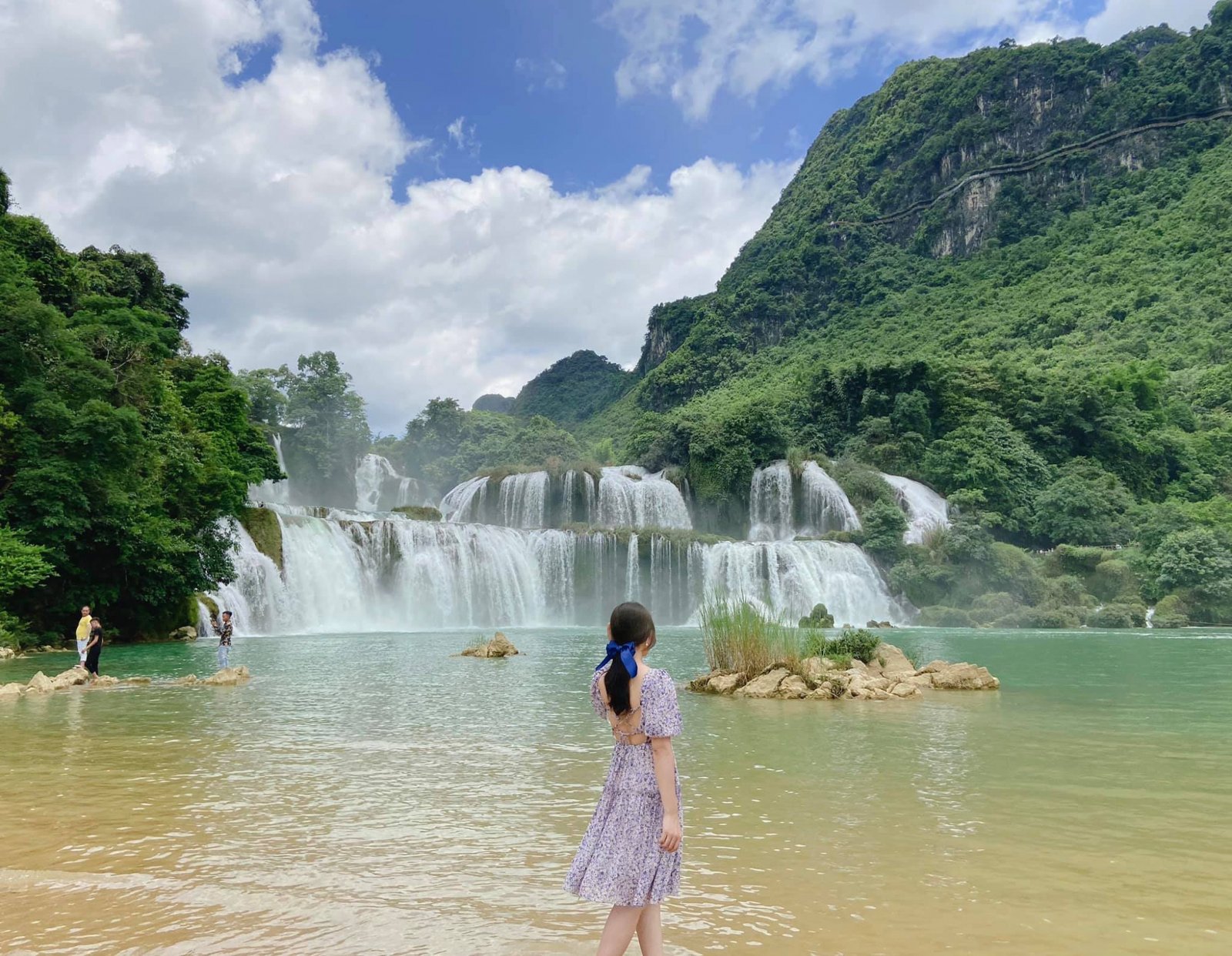
How to Get to Cao Bang?
Despite its distance from Hanoi, Cao Bang is straightforward to reach:
- 🚍 From Hanoi by road:
- Route 1: Take National Road 3 via Thái Nguyên and Bắc Kạn. This route is scenic, passing through lush forests and rural villages.
- Route 2: The newer Hanoi–Lang Son Expressway connects to Cao Bang, offering smoother roads and faster travel time.
- ✈️ From Central or Southern Vietnam: Fly into Hanoi’s Noi Bai International Airport, then continue your journey by bus, private car, or motorbike.
- 🏍️ By Motorbike: For adventurous travelers, riding from Hanoi to Cao Bang is a classic road trip, often combined with the Ha Giang Loop or Ba Be Lake.
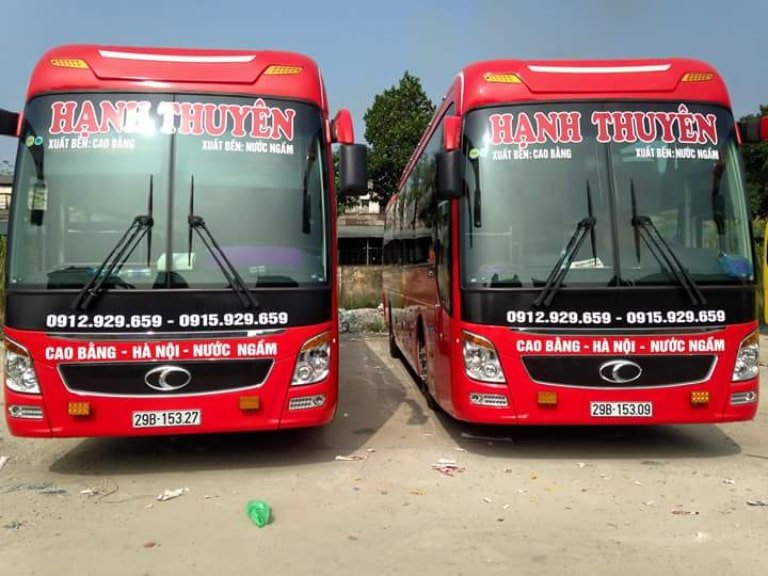
What to See and Do in Cao Bang?
Despite its remote setting, Cao Bang offers an incredible mix of natural wonders, cultural heritage, and adventure experiences. Here are the highlights you shouldn’t miss:
🌊 Ban Gioc Waterfall
- Known as the largest natural waterfall in Southeast Asia, Ban Gioc is also considered Vietnam’s most majestic waterfall.
- The falls cascade 60 meters down tiered limestone cliffs, straddling the Vietnam–China border, creating a breathtaking natural curtain of mist and water.
- Take a bamboo raft to get closer to the base, where you’ll feel the refreshing spray.
- Just 3 km away, don’t miss Nguom Ngao Cave, a spectacular karst wonder that perfectly complements the visit.
🪨 Nguom Ngao Cave (Adventure Route)
- Formed over 400 million years ago, this limestone cave stretches for kilometers underground.
- Inside, you’ll find shimmering stalactites and stalagmites shaped like tigers, lotus flowers, and fairy palaces.
- A recently opened adventure route allows visitors to go deeper with boat rides, underground streams, and limestone climbs—ideal for thrill-seekers.
🏡 Traditional Craft Villages
Cao Bang isn’t just about scenery—it’s also about people and traditions. In Quang Uyen District, you’ll find villages keeping centuries-old crafts alive:
- Phia Thap – traditional incense making, especially busy before Tet.
- Lan Duoi – delicate bamboo weaving for daily life and rituals.
- Lung Ri – crafting yin-yang roof tiles.
- Phia Chang – blacksmiths forging knives and farming tools.
- Dia Tren – handmade paper production used in festivals and spiritual ceremonies.
Visiting these villages offers an authentic look at local life and the chance to support artisans directly.
⛰️ Mat Than Mountain (The “Eye of God”)
- Nicknamed after its giant circular cave resembling a human eye, Mat Than Mountain is a geological marvel.
- Located in the Thang Hen Lake complex, part of the UNESCO Global Geopark, the area combines crystal-blue lakes, mysterious caves, and lush valleys.
- A favorite spot for photographers and trekkers alike.
🚶 Trekking & Adventure
- Cao Bang is a paradise for hikers, with trails leading through terraced rice fields, deep valleys, ethnic villages, and limestone mountains.
- For thrill-seekers, tackle the dramatic Khau Coc Cha Pass in Bao Lac, often called the “Stairway to Heaven,” with 15 steep steps and 14 sharp turns that test even experienced riders.
🛖 Ethnic Markets & Homestays
- Don’t miss the Bao Lac ethnic market, held every 5 days. It’s a vibrant meeting point for Tày, H’mong, Dao, and Lo Lo groups who come to trade goods, livestock, and handicrafts.
- Extend your stay by choosing a local homestay: sleep in stilt houses, share meals cooked over wood fires, and learn about daily traditions from your hosts.
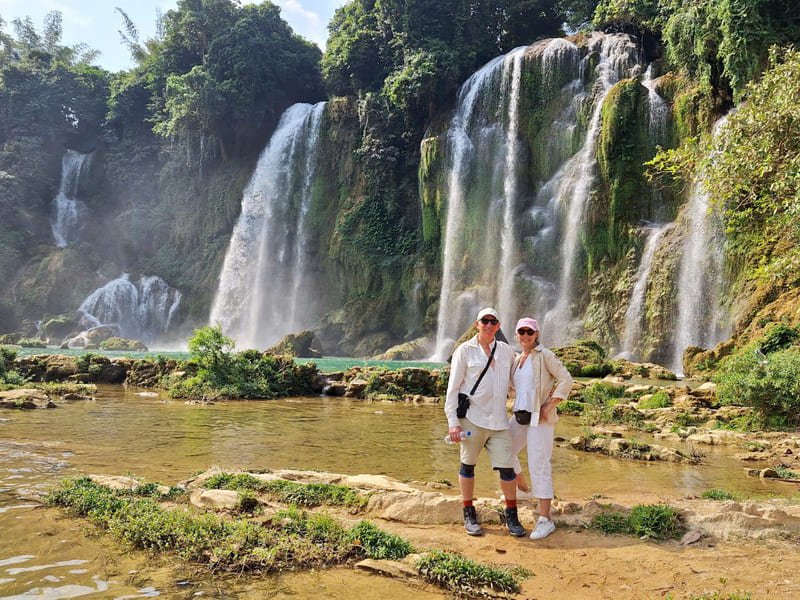
Where to Stay in Cao Bang?
- 🏨 Cao Bang City: The most convenient choice, with hotels, budget guesthouses, and restaurants. Great for first-time visitors.
- 🏡 Ban Gioc area: Charming riverside or mountain-view homestays close to the waterfall for a more immersive stay.
- 🌿 Bao Lac District: Ethnic minority homestays where you can truly experience local culture and traditions far from tourist crowds.
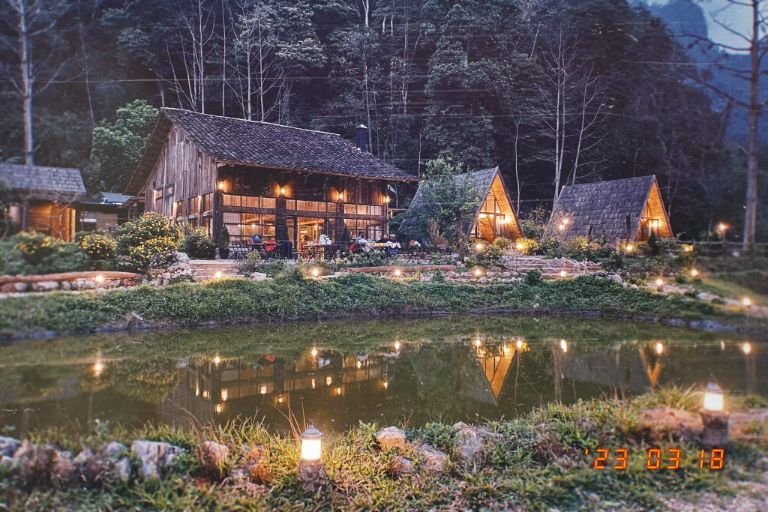
Why Visit Cao Bang?
Cao Bang remains one of Vietnam’s best-kept secrets, offering something few destinations can match:
✅ The awe-inspiring Ban Gioc Waterfall, one of the most beautiful in Asia.
✅ A UNESCO Global Geopark filled with caves, mountains, and emerald lakes.
✅ A rich cultural mosaic of ethnic minority groups and ancient craft villages.
✅ Endless opportunities for trekking, cycling, and adventure in pristine nature.
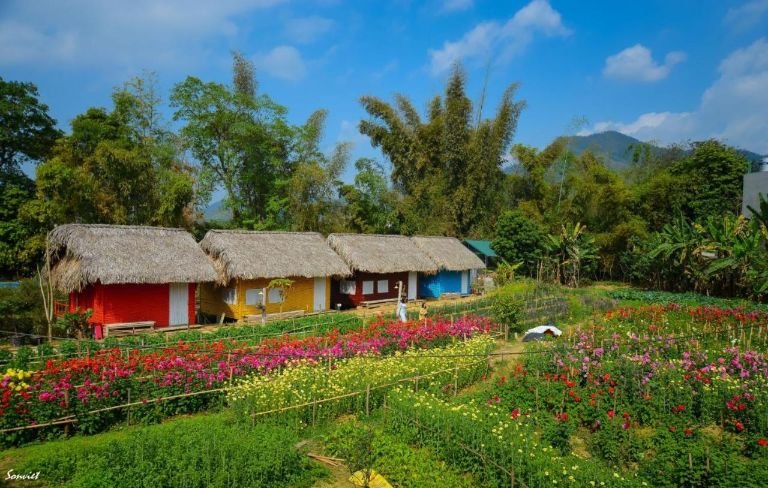
Final Thoughts
Cao Bang is more than just a destination—it’s an invitation to explore Vietnam’s untouched natural beauty and vibrant cultural mosaic. From roaring waterfalls and mysterious caves to golden rice terraces and warm homestays, every journey here is unforgettable.

